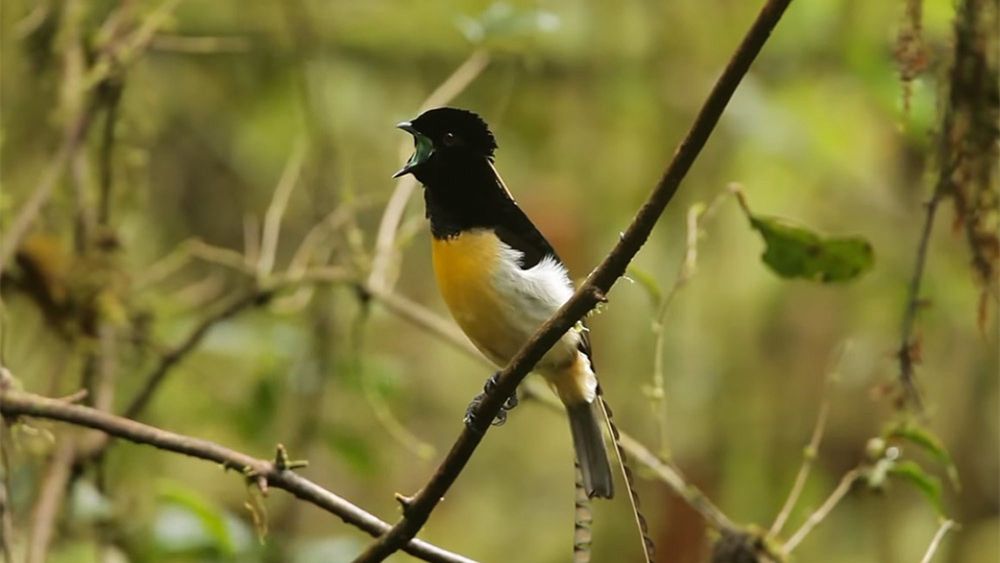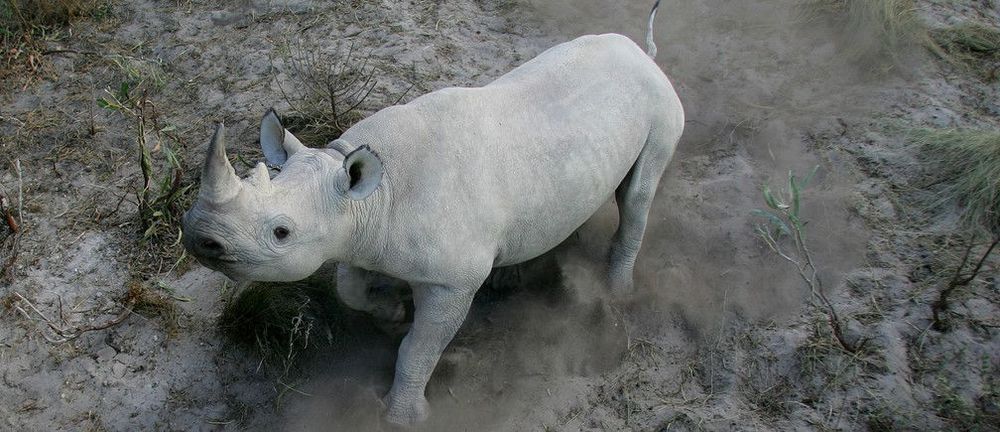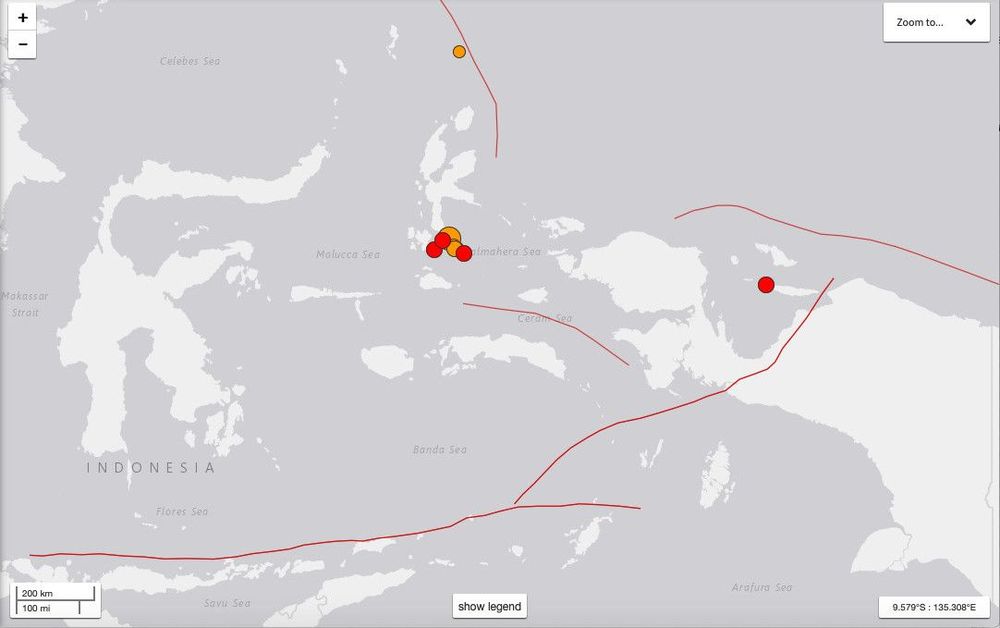Aug 18, 2019
This bird-of-paradise in New Guinea sounds like something from another planet
Posted by Shailesh Prasad in category: habitats
Endemic to the mountain forests of New Guinea, the King of Saxony bird-of-paradise (Pteridophora alberti) is best-known for the flamboyant, mate-attracting efforts of its males. The bird’s courtship displays – which often double as a means of keeping competitors at a comfortable distance – make use of bright yellow breast feathers, wildly waving head plumes and peppy dance manoeuvres capped off with an exceptionally outsized, almost otherworldly bit of squawking. This video from the Cornell Lab of Ornithology provides a rare glimpse into the world of this idiosyncratic little bird, which has proven notoriously difficult to photograph in its rugged natural habitat.
Director: Tim Laman
Websites: Cornell Lab of Ornithology, Birds of Paradise Project.





 The Dishwasher. The must-have kitchen appliance for the time-conscious and lazy home-occupiers alike. However, justifying the loss of valuable space and the increase in water-bill that comes with them is sometimes a little tricky… especially when you live in a place that is on the smaller side! This was the motive that led to the creation of Toasher, the portable dishwasher for limited living spaces.
The Dishwasher. The must-have kitchen appliance for the time-conscious and lazy home-occupiers alike. However, justifying the loss of valuable space and the increase in water-bill that comes with them is sometimes a little tricky… especially when you live in a place that is on the smaller side! This was the motive that led to the creation of Toasher, the portable dishwasher for limited living spaces.










